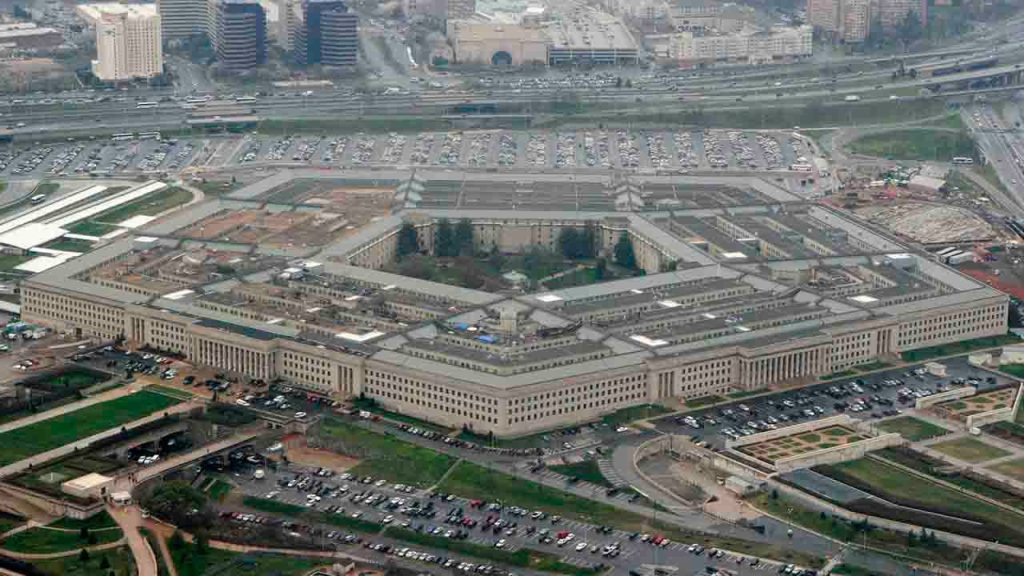The United States is escalating its military presence at the southern border with Mexico, deploying an additional 1,500 active-duty troops by the end of May 2024. This deployment, bringing the total number of service members at the border to 4,000, marks the third such surge in the past two years. The decision reflects the ongoing challenges posed by irregular migration and underscores the evolving role of the military in supporting civilian border enforcement agencies. This latest deployment follows a pattern of increasing military support at the border, with previous deployments in May 2023 and March 2024. While the specific units involved in this latest deployment haven’t been publicly disclosed, their anticipated roles mirror those of existing troops: providing logistical support, enhancing surveillance capabilities, and assisting with data processing. This evolving dynamic raises complex questions about the militarization of border security and the long-term implications for civil-military relations.
The deployment of active-duty military personnel to the border has become a recurring theme in recent years, often coinciding with perceived surges in migrant arrivals. The initial deployment of 1,500 troops in May 2023 was prompted by the end of Title 42, a pandemic-era health policy that allowed for the rapid expulsion of migrants. This policy shift led to an anticipated increase in migration, prompting the Biden administration to seek military assistance in managing the influx. The subsequent deployments, including the current one, suggest a growing reliance on the military to address border security challenges. This trend raises concerns about the potential for mission creep, where the military’s role expands beyond its traditional scope.
The tasks assigned to these troops primarily focus on supporting civilian agencies like Customs and Border Protection (CBP) and Immigration and Customs Enforcement (ICE). They are not directly involved in law enforcement activities, such as apprehending migrants. Instead, their responsibilities range from aerial reconnaissance and ground surveillance to data entry and vehicle maintenance. This logistical and operational support frees up CBP and ICE personnel to focus on their core enforcement duties. While this division of labor aims to optimize resource allocation, it also blurs the lines between military and civilian roles in border security.
The repeated deployment of troops to the border reflects a broader debate about the appropriate role of the military in addressing domestic challenges. Critics argue that deploying troops for border security missions diverts resources from their primary national defense responsibilities and risks normalizing the militarization of domestic law enforcement. Proponents, on the other hand, contend that the military’s logistical and technological capabilities are crucial for supporting overwhelmed civilian agencies and maintaining border security. This ongoing debate highlights the complex interplay between national security concerns, immigration policy, and the role of the armed forces.
The current deployment also raises questions about the long-term strategy for addressing border security challenges. While deploying troops can provide temporary relief, it does not address the underlying factors driving migration. A comprehensive approach requires tackling the root causes of migration, such as economic instability, violence, and political persecution in sending countries. Furthermore, enhancing the capacity of civilian border enforcement agencies, streamlining asylum processing procedures, and investing in border infrastructure are crucial for achieving sustainable border security. Relying solely on military deployments risks creating a cycle of dependency without addressing the underlying issues.
The addition of 1,500 troops to the southern border underscores the ongoing challenges facing the U.S. government in managing migration flows and securing its borders. While the military can provide valuable support in the short term, it is crucial to develop a comprehensive and sustainable strategy that addresses the root causes of migration, strengthens civilian border enforcement capabilities, and promotes humane and effective immigration policies. The long-term effectiveness of border security depends on a multifaceted approach that goes beyond cyclical military deployments. The ongoing debate surrounding the militarization of the border will continue to shape the discourse on immigration and national security in the years to come.

